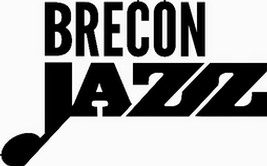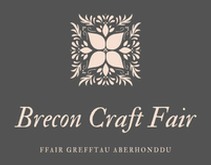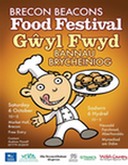Address
Opening Times
We are open every 3rd Saturday of the Month..
Saturday:
9AM to 4.30PM


Brecon Craft Fair © All rights reserved. Cookies & Privacy Policy | Terms of Use View Web Design


FREE ADMISSION
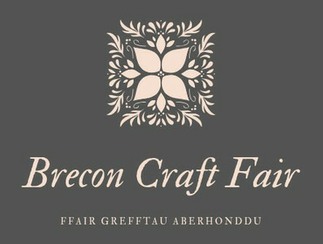

About Brecon / Aberhonddu

Brecon, or Aberhonddu as it is known in Welsh is an historic market town in the heart of the Brecon Beacons National Park. Ancient Britons, Romans and Normans have each left their mark on Brecon.
The huge Iron Age hill fort of Pen-
To the West of the town lies the largest Roman fort of its type in Wales -
A short distance upstream, the River Tarrell enters the Usk river. Before the building of the bridge over the Usk, Brecon was one of the few places where the river could be forded, making it an important strategic military position as well as an important crossing point in mid Wales for drovers, farmers and merchants.
It is therefore not surprising that during the Norman invasion of Wales, Brecon became the site for a defensive Norman castle built by Bernard de Neufmarche in the late 11th century. Less than a mile from the remains of the castle stands Brecon Cathedral, founded as a Benedictine monastery by Neufmarche's confessor, a monk from Battle Abbey in Sussex. While fairly modest as cathedrals go, nevertheless it is of great historical interest, and has seen both Norman lords, Welsh princes and leaders worship and be interred in its grounds. It boasts the biggest cresset stone in Britain with 30 cups (a cresset stone is an ancient form of lighting -
Alongside the cathedral stands the Prior's house. One of its most notable occupants was Sir John Price (1502-
The hills around Brecon boast some of the finest walking and mountaineering terrain in Britain, including Pen-
In August, the annual Brecon County Show takes place. Also the Brecon Jazz Festival and the Brecon Fridge Festival is held over 3 days within the town centre with performances in several open air venues, pubs, clubs and in a number of indoor venues including the town's market hall and at Theatr Brycheiniog.
Brecon has strong military links to this day. There are two military bases located outside the town. Dering Lines is the home to the Infantry Battle School, formerly known as Infantry Training Centre Wales, and the Brecon Barracks are home to 160 solders of the Wales Brigade. Eight miles away near Sennybridge there is a third military establishment. Sennybridge Training Area is an important training facility for the British.
The Town
The town's name comes from that of the old Welsh name of the kingdom -
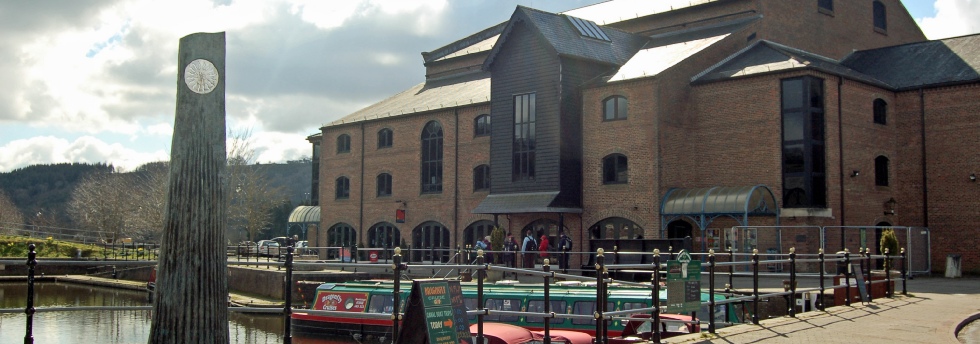
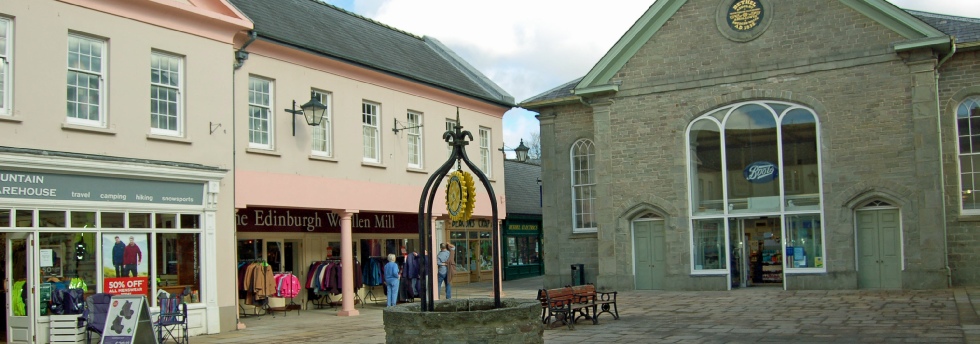
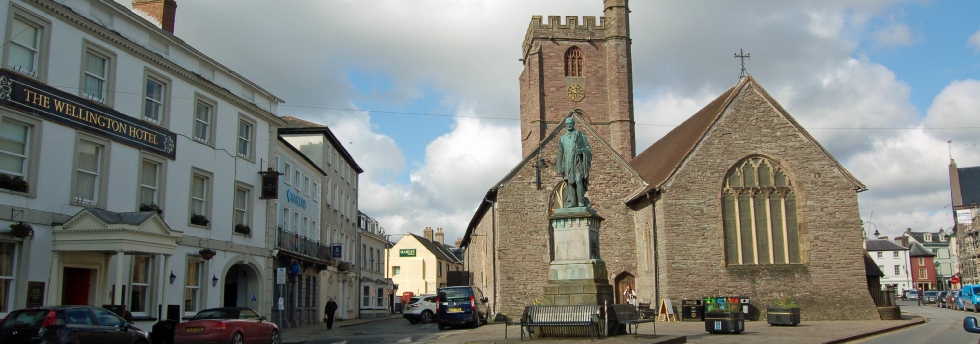
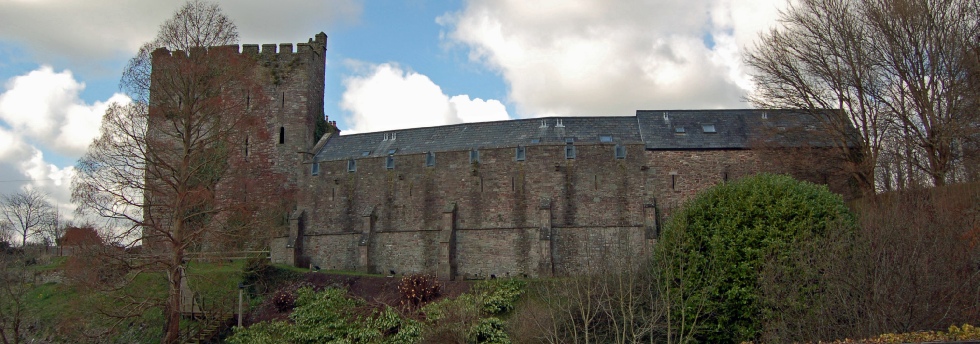
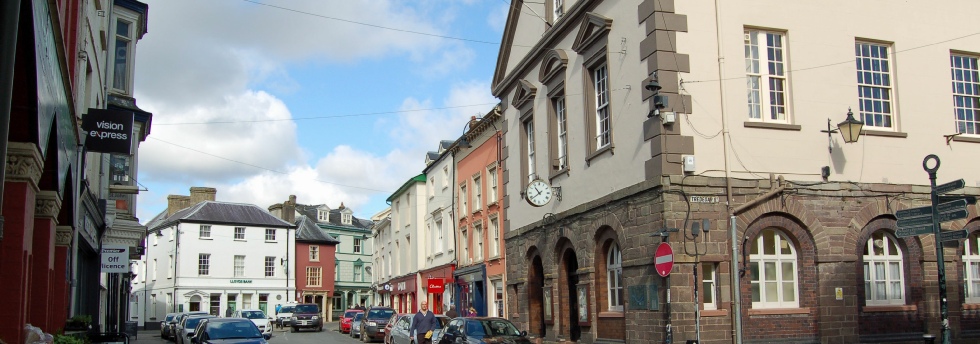
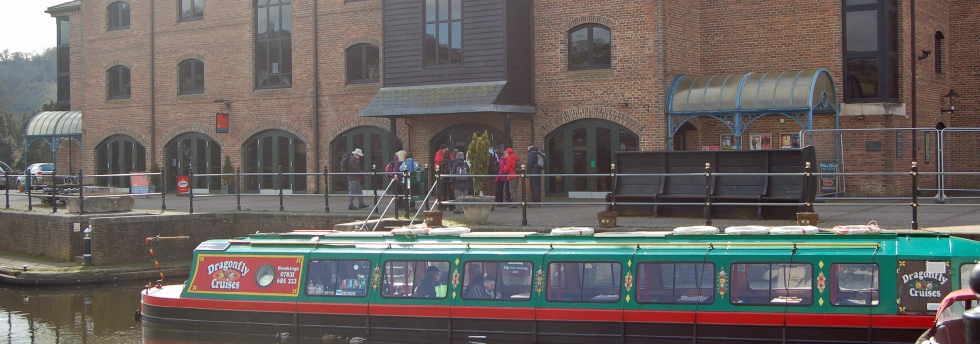
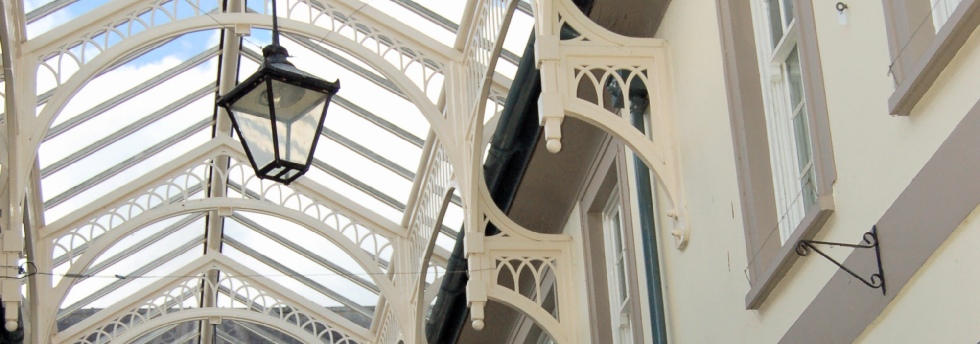

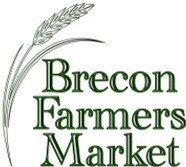
A little bit about the Market Hall
Entry is through a monumental archway, flanked by Tuscan pillars, on High Street Superior. Through this a stone-
It is thought that the hall roof was originally timber, subsequently replaced by the present steel framed structure.
As well as Brecon Craft Fair taking place every 3rd Saturday of the month, the Market Shops are open 6 days a week with a twice weekly Indoor Market within the main hall itself. A monthly Farmers Market also takes place within the hall.
The hall is also used for events such as the Brecon Beacons Food Festival, Brecon Jazz, Boxing Matches, Music and much more...
